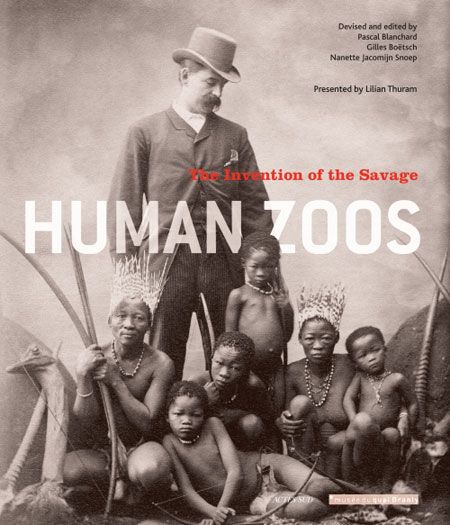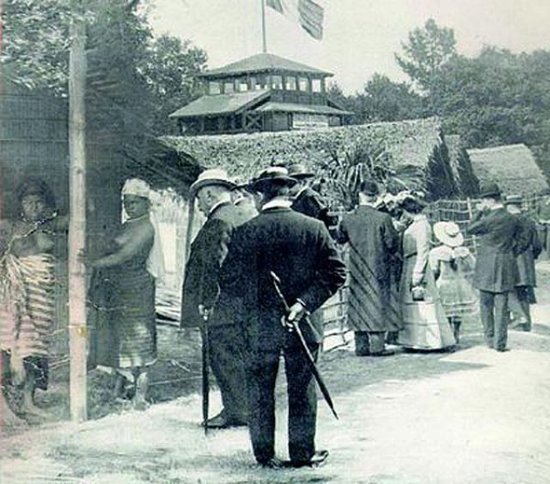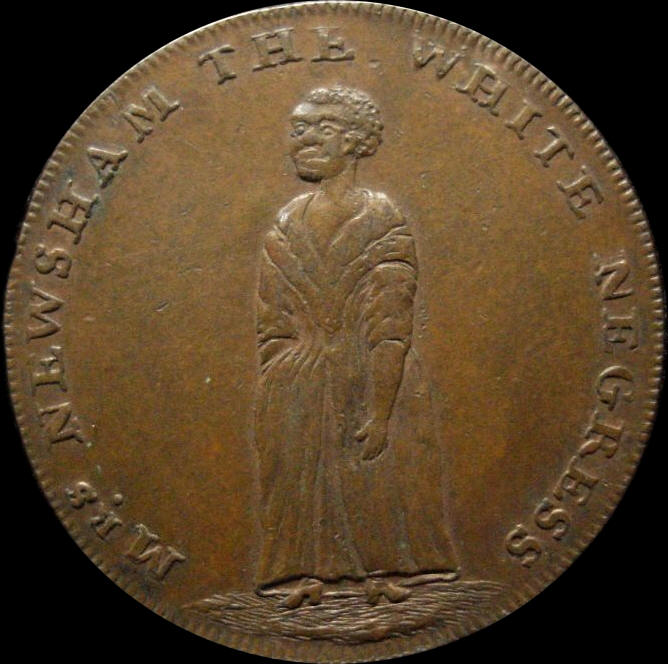

Scientific Racism and the Pioneers of the Human Zoo

Today, the idea of a human zoo is an incredibly uncomfortable one – and that’s exactly why it needs to be remembered.
Not too long ago, zoos included groups of people among their exhibits, living in what was supposed to be their natural habitat, often displayed alongside other exhibitions that advertised all that was wonderful and advanced about Western society.
The idea of placing individual exhibits in zoo form goes back to around 1874, when German animal merchant Carl Hagenbeck decided to add exhibitions of the Sami and Samoan people to his collection. By 1876, he was collecting animals and people for his Nubian exhibit as well, while the following year saw the addition of the Inuit. It wasn’t long before the whole idea was in full swing, and the 1878 Parisian World’s Fair included a ‘negro village’.

But it was far from just a weird European obsession. By 1906, Madison Grant and William Temple Hornaday added Ota Benga, a Congoloese pygmy to displays at the Bronx Zoo (more below). Their reasoning was chilling. Grant was a supported of the eugenics movement, which would later take the world stage in the philosophies of Hitler and his supposed ‘Master Race’. Displaying Ota Benga was seen as an illustration of the savage nature of these ‘lesser races’, and, by extension, the superiority of the white race.
The legacy of Hornaday speaks volumes as to our awkward relationship with this part of our collective past. Remembered as the man who designed the National Zoo in Washington, D.C., collaborated with the Smithsonian, spearheaded the campaign to save the American bison and who has a mountain in Yellowstone named after him, it’s easy to forget that he also moved Ota Benga to a cage, with the label, “Exhibited each afternoon during September”.
Amelia Newsham
Those deemed oddities were exhibited in traveling exhibitions as well as established zoos. Amelia Newsham is understood to have been an albino girl who lived in Jamaica, before her master gave her away as a gift.
She was brought to London only to be sold again, and in 1795, she was put on display by Thomas Hall at the Curiosity House, at 10 City Road in London.
Only about 5-years-old when she arrived in Britain in 1754, she was described as having “all the features of an Aethiopian with a flaxy woollen head, a skin and complexion fair as alabaster”.

Hall was also a taxidermist, and placed Amelia Newsham on display alongside his collection of exotic stuffed animals and birds. She was such a draw that he had coins minted in her likeness, and taught her a verse that she was to recite to those who paid to have a look at her:
My nose, my lips, my features, all explore,
The just resemblance of a blackamore;
And on my head the silver-coloured wool
Gives further demonstration clear and full.
This curious age may with amazement view
What after ages won’t believe is true.
Anthropology Days
The 1904 Olympics were the first held in the United States, and the honour went to St. Louis. The honour was a somewhat dubious one, though, and looking back on the games, it’s far from a proud moment in American history.

Alongside the Olympics was the 1904 World’s Fair, which unsurprisingly included a human zoo (featuring a 47 acre Philippine village) . The two huge events collided when it was decided that in order to truly showcase the superiority of American and European athletes, those on display in the zoo would be put on the field to compete in American and European created games.
On one hand, the human zoo’s ‘savages’ were forced to complete in traditional Olympic sports. Nobody bothered to explain the rules (and language barriers made that all but impossible anyway), so no one was quite sure what to do at the ribbon at the end of the 100-yard dash, and water polo was removed from the schedule altogether because it was beyond complicated.
Other ‘sports’ were introduced instead – assumed to be more up the alley of those who would be playing them – including mud throwing, tree-climbing and fighting. These, too, were a complete disaster, but the organizers of the so-called Anthropology Days seized on their failure as an illustration of exactly what they were trying to prove – that those displayed in the human zoo were of a lesser race.
One somewhat good thing can be said, the racist spectacle wasn’t well attended and because it was so poorly managed, McGee wasn’t able to get much data, so his findings of athletic inferiority weren’t proven as he’d hoped, even as he boasted that it was.
It’s hard to believe that just eight years after this racist display, Jim Thorpe, Sac & Fox, swept both the decathlon and the pentathlon, taking gold medals and setting world records at the 1912 Olympics in Stockholm, Sweden.
